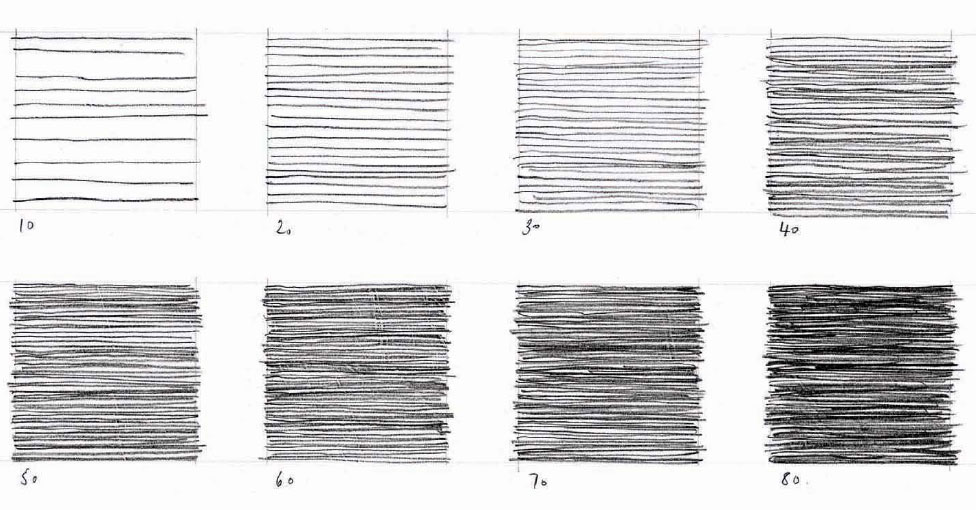

1
There is a range of mechanical pencils and traditional wood-sheathed pencils (which have changed little since the mid-eighteenth century). Pencil cores vary in hardness (according to the mix of graphite and clay). Different makes of pencil vary, but can range from 9H (very hard) to 9B (very soft). The mid range, 2H to 2B, serves most purposes. For detailed work, F—midway between H and HB—is perhaps the softest pencil you might use, whereas sketching can be done with any pencil—often with a B or softer.

2
Precise architectural drawing requires a sharp pencil. A long lead, made by carefully sharpening the pencil with a scalpel (as opposed to a pencil sharpener) gives more accuracy. It allows the pencil to be brought tight in on a ruled edge and also means that the line weight is more even as the pencil wears.

3
Axonometric in pencil and colored pencil, drawn on both sides of Mylar. Note the feathering of lines. A feathered line is one where the weight is gradually reduced from thick to thin along its length. Feathering both ends of a line in an architectural drawing gives a line a "beginning, middle and end." The line appears to be held at each end in the space of the page, giving the drawing a sense of both precision and lightness of hand. Note also that none of the corners cross.
